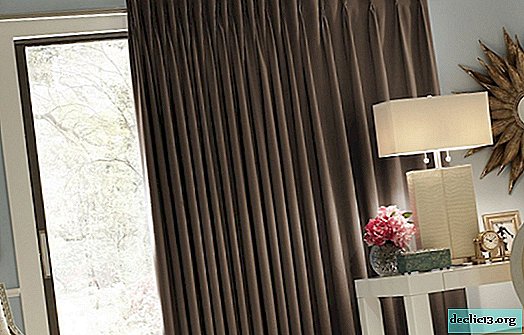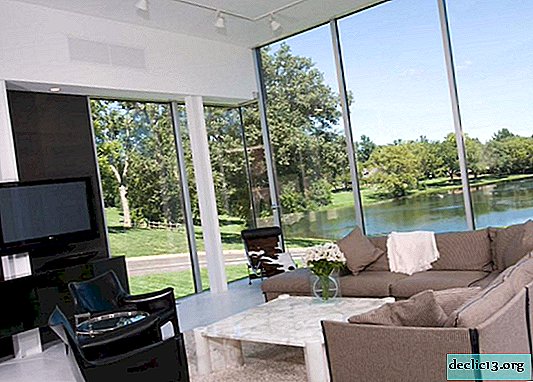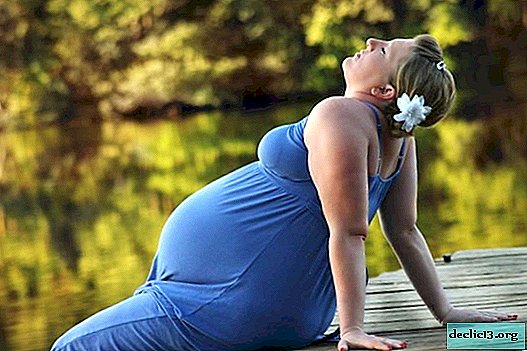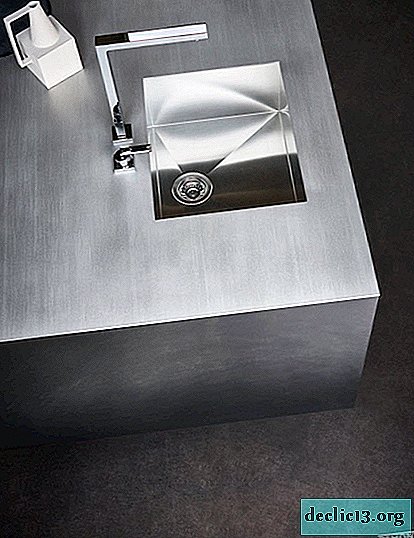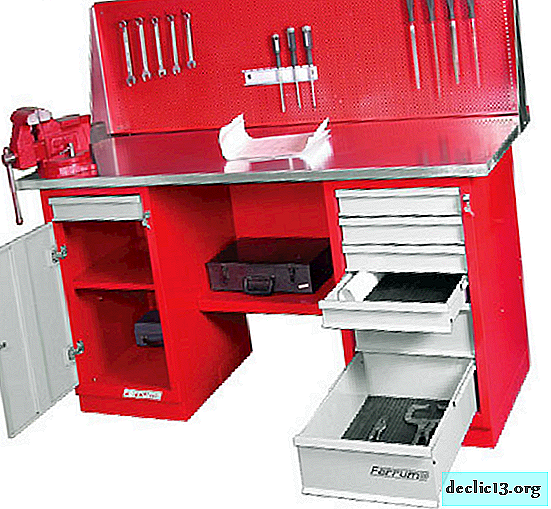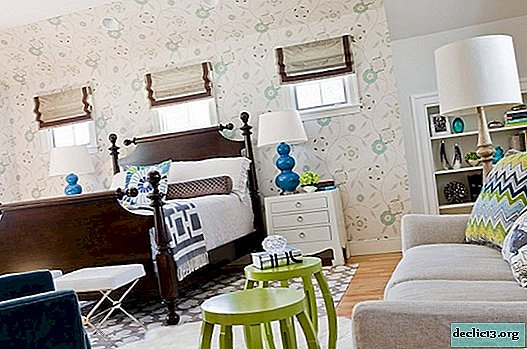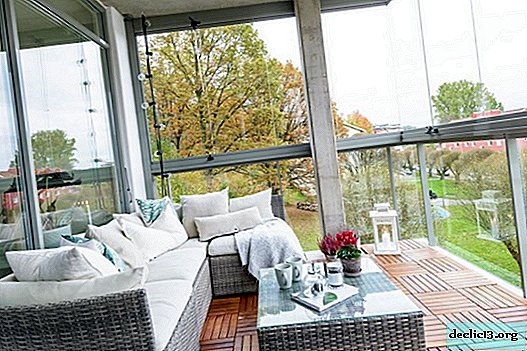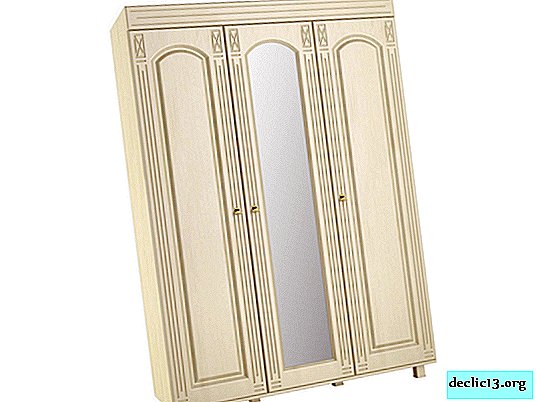Existing couch beds, selection criteria
The word "couch" is often associated with a hospital or beauty parlor. However, the variety of designs of this type of furniture is much wider. Thanks to its compact size, the bed-couch is indispensable for small apartments. Popular varieties of couches are sofa and ottoman, where minimalism combined with comfort.
Features and advantages of designs
Modern couches have a wide variety of designs: from the classic design on four legs without armrests and backs to stylish sofas. Sometimes it’s not so easy to determine what is in front of us is a couch, especially since many furniture manufacturers call this entire assortment a “sofa”.
The main difference between the couch is the absence of soft armrests. The sides and back are always stiff. An exception is the couch, where the transformation mechanism involves lowering the side parts to increase the berth. In this case, the soft armrests form an obtuse angle with a berth. Clear geometric shapes in this model are absent.
The advantages of the couch are as follows:
- profitability - the couch is usually cheaper than traditional sofas;
- compactness - when folded, takes up little space;
- multifunctionality - during the day it plays the role of an armchair or a small sofa, and at night it transforms into a berth;
- practicality - in many models under the berth there is a space where you can store bedding or other things;
- ergonomics - according to doctors, a flat and hard surface is good for sleeping, and the couch fully meets these characteristics;
- mobility - due to its small size and relatively light weight, the bed-couch, if necessary, is easy to move or even move to another room;
- universality - if a soft sofa or a classic bed doesn’t fit into all designs, then the couch can be chosen for almost any interior - from oriental style to hi-tech.
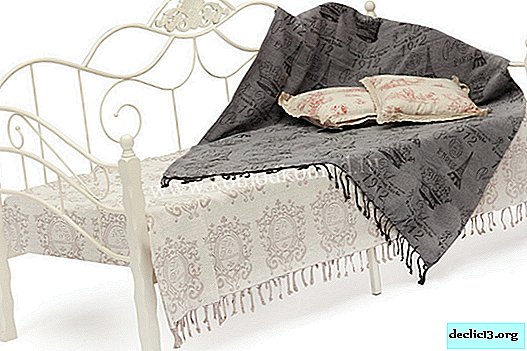




Which upholstery material is better
When choosing upholstery material, you need to start from two criteria:
- aesthetic appearance and harmony with the rest of the interior;
- practicality and durability.
To keep the furniture look longer, you need a wear-resistant fabric that is easy to clean. For a children's couch, you need to choose a safe material, in the manufacture of which toxic dyes were not used. For a couch in which sunlight falls most of the day, it is worthwhile to prefer material with a stand that does not fade. For the kitchen, a coating is required that is not afraid of humidity and is easy to clean, because the probability of planting a stain here increases significantly.
The most popular upholstery materials:
- leather is a natural material, popular in the premium and luxury segment. It is distinguished by a presentable appearance and durability. The main disadvantage is the high price. With poor quality, cracks appear over time;
- artificial leather - outwardly and in characteristics similar to natural, but much cheaper than it. However, less durable, the quality of different manufacturers can vary greatly. Modern technologies allow you to make material with a variety of characteristics and appearance - vinyl, eco-leather;
- flock is a popular modern material. Production technology allows you to create an imitation of velvet or velor, which makes it pleasant to the touch. The wide distribution of flock in furniture production is associated with its strength - it belongs to anti-vandal coatings. He is not afraid of either intensive exploitation or the claws of pets. The material repels water, so furniture with upholstery from the flock can safely be placed in the kitchen;
- tapestry and jacquard. Their main advantage is naturalness. Such a coating looks beautiful and rich, the variety of drawings is limited only by the imagination of designers, so you can choose the option for any interior. Thanks to the special weaving, these fabrics are strong and durable. The disadvantages include the difficulty of cleaning - wet cleaning of such surfaces is impossible;
- velor - soft and soft to the touch coating. But the material is not very durable - the pile is quickly wiped away, and the stains that appear are hard to remove.





Product Design Options
Traditional couches with 4 legs are gradually becoming a thing of the past. In addition to the fact that such a model does not allow the useful use of the space under the bed, it is less durable.
Modern models look like a low single bed with a hard headboard and one or two side walls. With a sufficient size of a berth, the couch can have a solid body and not provide for transformation. Such furniture may look like a low wide ottoman and be used for daytime relaxation. Now, corner couch beds have appeared on the market, resembling traditional corner sofas in shape. Such models allow you to maximize the use of room space. When unfolded, they turn into a comfortable double bed.
Often one of the sides remains open, then the back is made asymmetric - oblique or wavy. To the free side of the berth, it decreases markedly in height or completely disappears. Often such a couch bed is not laid out in width, but in length. The advantages of such models is their maximum compactness - when folded, they take up very little space.
The downside is that the planned length design may not be enough for a comfortable sleep. This problem is especially relevant for a children's couch. Another drawback of such a transformation mechanism is that they are only single.





Forms and mechanisms of transformation
The time when the analysis of furniture required a lot of effort is in the past. Today, most models are laid out quickly, and even a child can do this without difficulty.
Popular couch transformation mechanisms:
- "Sedafleks" - a couch with such a mechanism moves forward. A frame is hidden under the seat, which when pulled onto itself, rises to the steel supports. The resulting sleeper looks like a cot. This mechanism allows you to make the couch very compact - when folded, it is quite short. The disadvantage is the not very high strength of the supports. This is more of a guest option;
- “Click-Klak” - the side walls are lowered to a horizontal position, increasing the length of the berth to the desired length. If you omit only one of the sides, on the couch you can take the position of "reclining";
- "Dolphin" - if the previous transformation options increase the berth of the couch in length, in this embodiment the narrow berth increases in width. This allows you to make it more comfortable, as well as sleep together. After the side part of the product is pushed to the side, a hidden part "emerges" from under it. Both halves stand on one level, forming an even berth;
- "Eurobook" - the berth on the rollers is pushed forward, and the back rests on free space;
- Hemnes is a popular model from Ikea. When assembled, the dimensions of the couch are sufficient for one person to sleep. And if you push it apart, it will turn into a comfortable double bed. The functionality of the model is added by boxes under the bed, where you can store bedding or other things.
 Dolphin
Dolphin Click clack
Click clack Eurobook
Eurobook Sedaflex
SedaflexPossible sizes
The size of the folded bed varies greatly. This may be a model the size of a little larger than an ordinary chair, or it may be quite wide and comfortable ottoman. However, traditional couches rarely exceed the size of a small single bed. In length, they are usually no more than 2.1 meters, in width - no more than a meter.
An unfolded couch most often looks like a semi-double bed. Due to the design features of the very wide, it is rare.
The folding model of the couch most often has the following dimensions in width: single - 90 cm, one and a half - 120 cm, double - 140 cm. There are truncated models with a sleeping space of 70x195 cm. If we talk about children's models, then the place for sleeping is They can be in four versions: 101x70x47, 128x70x47, 158x70x47, 187x70x47 cm.
Couch - that interior item that will fit into any apartment. It is democratic and compact. It can be used as a place to sleep, and as a comfortable sofa in the living room or in the kitchen. It can comfortably accommodate guests remaining for the night. A compact size will allow rational use of space even in the smallest rooms.





Video
Photo



























